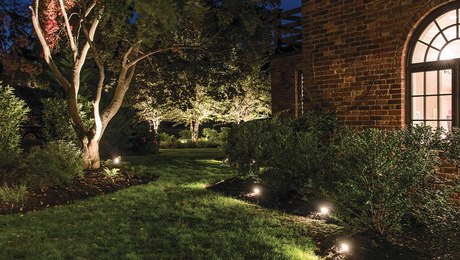QA in the current issues addresses the issue of dehumidification by an oversize AC unit. Everything suggested in the answer is valid but I suggest that one of the simplest, easiest and least expensive solutions was not mentioned.
Dehumidification takes place when the dew point of the air passing over the coil is great than the temperature of the coil. What has always worked very well for me is to run the fan at low speed when the AC is not “on” and using a higher speed when it is. The coil remains cool long after the compressor shuts off. This has several benefits: (1) more dehumification takes place, (2) the ambient room temperature stays very even which is more comfortable at a higher temperature, and (3) air cleaners function over a longer time period.
The energy used by the low speed fan is generally much lower than than the energy used by a lower thermometer setting to achieve the same comfort.



















Replies
Sorry Legal Eagle. If the fan runs continuously after the compressor shuts off, what happens is the moisture on the coil is re-evaporated off the coil and returned to the space which raises the RH in the living space by about 1% RH. If you want to recirculate the air you need to do it with the fan on intermittent. This allows for a 10 minute off cycle after compressor shut down to allow more of the flooded coil to drain to the exterior.
Also, the savings from running at low speed are only realized if you have an electrically commutated motor on your fan. (ECM) Circulating air in a room for comfort at a higher setting is best accomplished with a ceiling fan in the occupied rooms. Be sure these are not operated when the room is vacant.
The only way to maximize moisture removal without changing out equipment is to set the fan at a lower speed to minimize sensible cooling while maximizing latent cooling. This should be done by a qualified service technician as there is the risk of freezing the coil if this is overdone.
Your statement;..." raises the RH inthe living space by about 1%" is out of whack. You may notice a 10 % gain, but a 1 %...? i don't think so.
And running the fan on a LOW speed (perhaps in the 250 cfm range) continuously whenever the compressor is off would still be the best way to go. There will be no gain in the RH if used this way.
This is an area that I and others have researched and tested a great deal.
The amount of moisture on the coil is enough to raise the RH in the living space about 1% when evaporated back into the space by running the fan after the compressor shuts down. If you observe the condensate line after the compressor shuts down, you will see that it continues to drain for some time. We collect this amount and measure it both with and without the fan running after shutdown. The difference can then be computed against the inside air volume. We find that this calculation closely matched the measured gain in indoor RH.
The important point is that the difference is latent heat that will have to be removed on the next startup. This can be avoided by having a timeout on the fan so it won't run immediately after compressor shutdown. Many fan coils have this intermittent run feature built in and for those that don't, you can use a product called the "air cycler". This is an inexpensive device that was designed by Armin Rudd with Building Science Corporation. It can also be connected to a fresh air damper for timed mechanical ventilation that is locked out until the coil has had a chance to properly drain.
I try not to shoot from the hip on these issues. I do my homework. I don't share my opinions about these topics based on what seems right and if I do I will disclaimer the lack of corraborating data.
>>The important point is that the difference is latent heat that will have to be removed on the next startup. This can be avoided by having a timeout on the fan so it won't run immediately after compressor shutdown. Many fan coils have this intermittent run feature built in and for those that don't, you can use a product called the "air cycler".I'm a tad confused by the term "intermittent run."Do I understand correctly that you are telling us the fan should turn off as soon as the compressor turns off?
View Image
Sojourners: Christians for Justice and Peace
An intermittent run feature allows the fan to run on a timed cycle when the compressor is not running. This feature always begins with the fan off to allow the coil to drain.
It is commonly held that the fan should be off after the compressor shuts off to allow the coil to drain. Some units allow a programmed delay of 10-20 seconds of fan run time after compressor shutoff whil others with ECM motors simply ramp down the fan speed to zero over a 10 second time period. I feel that this is the best approach.
Edited 7/31/2005 11:30 pm ET by RayMoore
While the coil is at a lower temp than the the dew point of the air circulating through it, moisture continues to be drawn from the air.
The temperature does not stay below the dewpoint for very long after shutdown. I posed the question to a conference of building scientists today and the brightest and most knowledgable in the field of mechanical engineering out of the group of 300 agreed that on average about 2 lbs of water stays on the coil after compressor shut down and only a small part of that drains off after shutdown. The concensus seems to be that even on intermittent, a great deal of the water will still evaporate back into the air so shutdown fan should not run after compressor shutdown in areas where indoor humidity is a concern. Two pounds of water represents a lot of latent load that will later have to be recondensed. It's up to you.